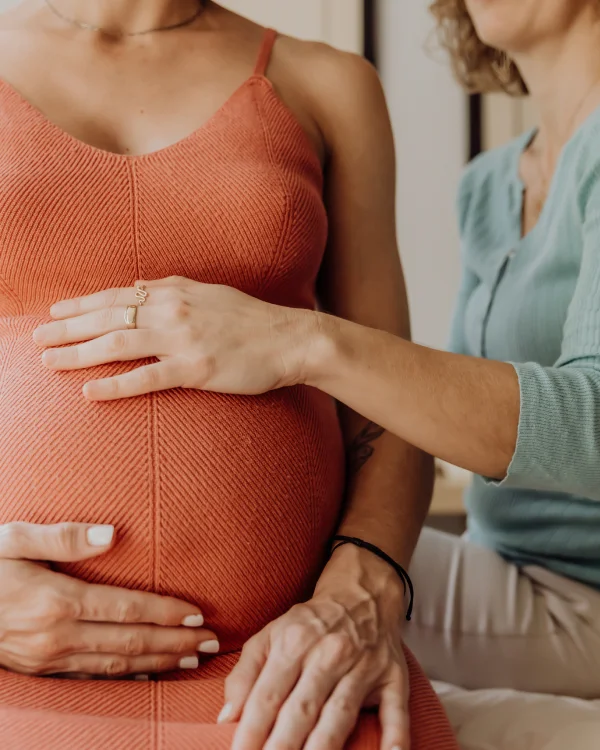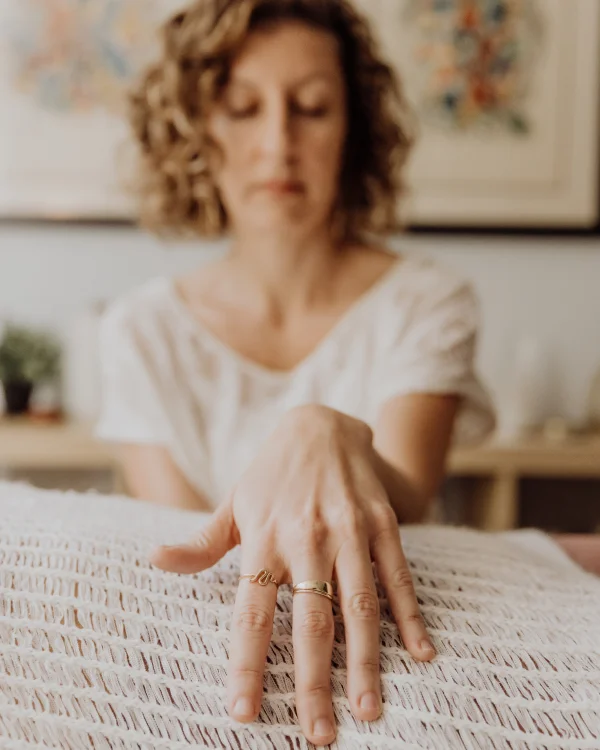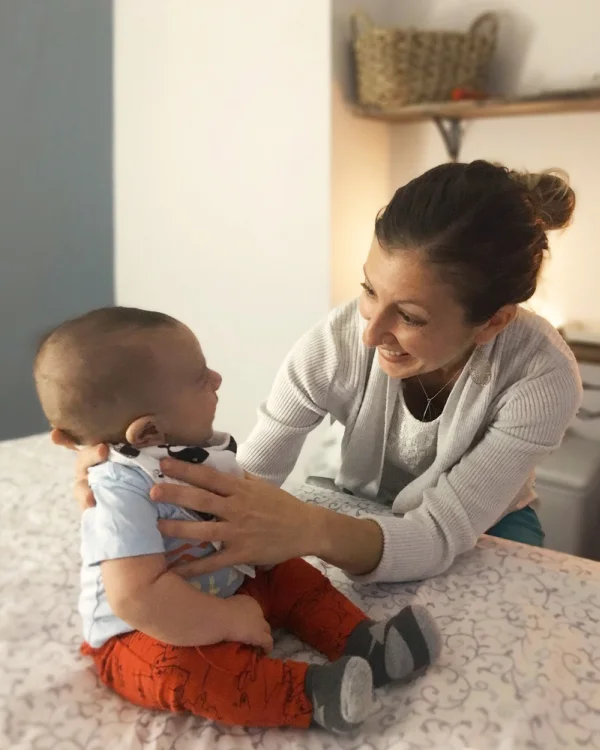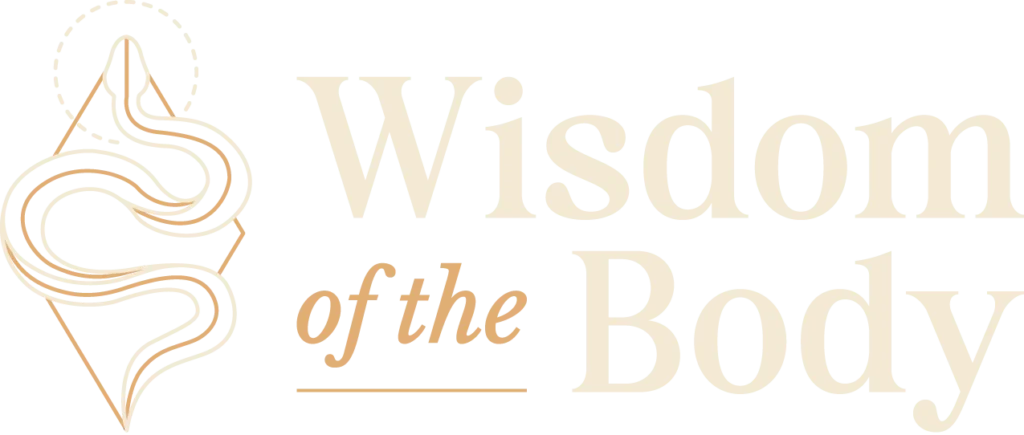Prenatal Craniosacral Therapy is a must for all mothers. We spend so much time growing and changing to support the life growing in us- but need to care for ourselves as well. Craniosacral Therapy supports mothers in getting relief from normal pregnancy discomforts as well as supporting baby in optimal fetal position.
Prenatal CST is part of your birth preparation by supporting structural concerns, working through past trauma so that it does not interfere with the upcoming birth, letting go of fears and concerns related to previous birth experiences, and releasing the emotions as they are bubbling up.
Craniosacral Therapy always supports mothers in feeling grounded and balanced emotionally. This is the time to care for yourself and be open to breaking old thought patterns and live into new possibilities.

One of the most unnerving things to hear when you are pregnant is that your baby is breech. The good news is that this is my specialty. By combining Craniosacral Therapy, body adjustment techniques and a full overview of how your body is holding tension – your baby will turn quickly. Your program will be designed based on your needs and how things are presenting in your body. Please bring any homeopathics that your doctor or midwife has suggested you take as well.
Postpartum Craniosacral Therapy is very close to my heart. Birth takes us so far out beyond our body. The life force that comes through to birth a child leaves a woman open to all the elements of the world. Postpartum Craniosacral not only helps provide support and balance of hormones, but also brings a woman back to herself, her body, and her edges. It is highly important to focus not only on balancing the womb after birth, but also to support the hips in closing and finding the new normal. This work is rich and deep. During this time a mother has a moment to reflect and own her experience, while feeling renewed and humbled.
Craniosacral Therapy palpation is one of the lightest, non-invasive forms of palpation that varies in its level of active/passive connection. With the use of only five grams of pressure, the force needed to move a nickel, a therapist can feel deep into the body as well as tune into current patterns and rhythms that the body holds. There is deep significance in that the practitioner is not a force acting upon the body. The therapist is observing, listening and feeling. Thoughts, emotions, and processing all come from the client. In this safe space the client can go deeper into themselves and their body without interruption.
While some therapists come into a session with an agenda, Craniosacral therapists simply follow. Guided by the client’s Inner Physician, the therapist follows the priority being presented in a trusting manner. For example, when working with the cranial bones, therapists are aware of the ideal way in which a bone will release as well as the direction. Yet, every client’s body unwinds and decompresses in a different way. The therapist’s role is to be with each movement, without trying to change the direction, speed, or rate that the body needs to move.

Children respond incredibly well to Craniosacral Therapy. Unlike adults, they have less stories in the way and they often move through their process very quickly. Whether it’s newborns getting adjusted to their new and tiny bodies or older children working through school-related concerns/anxieties or health concerns, CST allows their bodies to adjust structurally as well as release any emotional/energetic concerns they have been carrying around.
Pediatric care is a special gift. I have seen everything from newborns with seizures, sleep concerns and colic; to teenagers with depression and anxiety. For the children in between, have no worry, it is not uncommon to have squirming kids or sessions where the children are sitting up reading a book. We will work with what comes, everything is always perfect.
I ask that for your children’s appointment that you bring a quiet toy or book to occupy them if needed.


© 2024 by Wisdom of the Body, LLC
Alison Yanni, LMT MA49717 MM28983